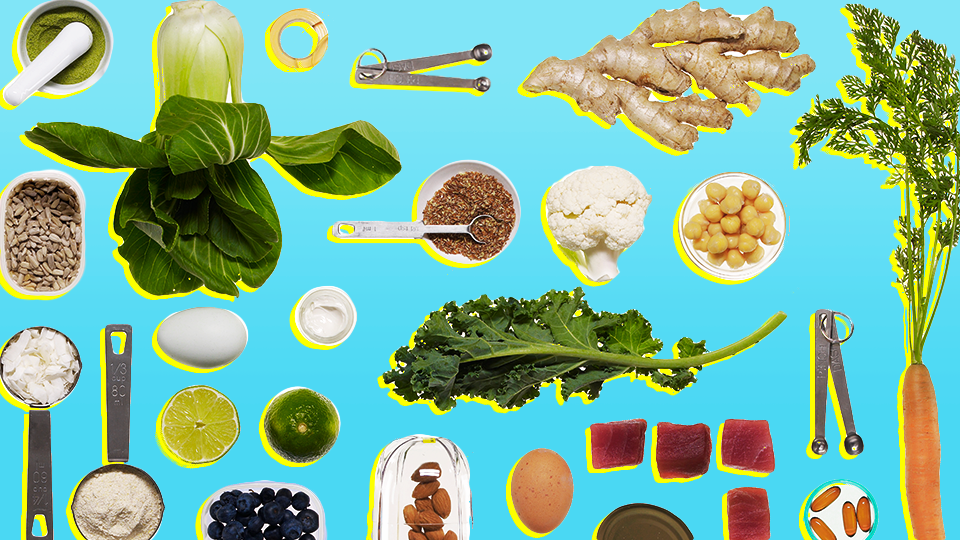
Nonstick pans are now available in a wide range of materials. Each material has its own advantages and disadvantages. Teflon is one the most well-known materials. This material is known for being durable and highly resistant to temperature changes. Teflon may be dangerous to food if heated at too high temperatures. We'll be talking about Teflon in this article and discussing the other alternatives. The best non-stick pans typically don't have this type of coating.
PFOA
Nonstick cookware coated with PFOA or PTFE is not recommended for use at high temperatures. These coatings can quickly degrade and become toxic when heated. Use of metal utensils to scratch a nonstick coating can also cause it to degrade and release chemicals. This article will explore the risks and potential health effects of using PFOA pans. Consider the following tips for a more comprehensive view of nonstick saucepans.
PFOA and other PFAS chemicals like PTFE are persistent in the atmosphere. It means that even though you may have used nonstick pans in the past ten years, chemicals such as PFOA and PTFE are still in the environment. Due to these dangers, the Environmental Protection Agency(EPA) and World Health Organization (WHO), have issued a Health Advisory. These chemicals were classified as "possibly dangerous to human health."
PTFE
Nonstick pan coatings made of PTFE are most popular and can prove to be extremely useful when preparing meals for large groups. They help to prevent food from sticking to the pan without using oil or a nonstick cooking spray. Note that nonstick nonstick pans with PTFE coating are usually more expensive than those without. These nonstick skillets need regular care and maintenance. FDA considers PTFE nonstick coatings safe. However, they are not completely toxic. If you want a healthier option, go for ceramic cookware. Cast iron does not contain PTFE so it is safer.

PFAS is a long-standing ingredient in cookware. Many of these chemicals have been found in cookware for decades. "Gen X" chemicals are some of the most common ingredients in nonstick pan coatings. There has been little testing on these substances, raising questions about their safety. Greblon is also the manufacturer of several types PTFE.
Teflon
Nonstick pans with Teflon nonstick coating have many drawbacks. These issues are most likely due to the PFOA, or polyfluoroalkyl substance (PFAS), that the coating contains. Although these chemicals have been banned for years, some cookware still uses them. You can avoid these hazards by using nonstick nonstick cookware made from other materials.
Teflon nonstick pans may contain PFOA, which can cause harm to the environment. It has been linked with cancer and chronic kidney disease and has been shown that it can affect the male reproductive system. It releases toxic fumes when the pan gets too hot. This is why it should not be used to cook at high temperatures. Avoid heating empty Teflon saucepans in the oven and broiler to reduce the chance of being exposed to PFOA.
Nanoparticles
For nonstick pan coatings, novel nanoparticles have been developed and are being tested for food contact. Although the mechanism of nonstick coatings' release of nanoparticles is still unclear, recent research suggests that they may be released into food at high temperatures, repeated usage, and when the pan's surface becomes damaged. This new technology is still in development, but it could be useful in nonstick pans.

PTFE, a substance often found in nonstick pans, is causing concern. The chemical pyrolysis products of heated polytetrafluoroethylene can cause acute toxicosis in budgerigars. These products don't pose a risk to the health of humans if they are used in small amounts.
FAQ
What should a beginning cook learn first?
An easy dish to start with is pasta, rice, or soup. If you want to learn how to cook, go for a recipe book or YouTube video. Cooking is fun when you do it with someone else. Have a group of friends cook, or cook together.
Do I have to buy ingredients in order to cook?
There is no need to purchase all the ingredients. Most grocery stores sell premade sauces and other items you can use as substitutes. Premade meals are an option if you're looking for a way to save some money.
How do I motivate to cook?
Sharing food with friends and family is a great way to have fun cooking. Cooking for your own family is much easier than making meals for others. Make something new to get motivated to cook. This way, you will learn about new ingredients and techniques. It's also possible to use recipes from other cultures in order to broaden your culinary knowledge.
How do I get hired as chef?
First, you need to earn a culinary arts diploma in order to get a job working as a chef. Next, you should join a professional association such as the American Culinary Federation (ACF). This association offers certification exams as well as networking opportunities.
How Can I Get Hired As a Cook?
You can get a job as a cook through word of mouth. A friend or family member might know of an open restaurant that is in desperate need of staff. There are often openings posted on websites and bulletin boards.
Statistics
- On average, chefs earn $58,740 a year, according to the BLS. - learnhowtobecome.org
- under 10 Kids have been taught that there is special food just for them, and Fiese says that 10 percent of kids will throw a tantrum if they don't get the food they want. (washingtonpost.com)
- In the United States, the category is estimated at $23.2 billion annually and is growing faster than the market. (washingtonpost.com)
External Links
How To
How to cook a Steak
The type of meat you are cooking will determine the right method to use. Thicker steaks can be cooked on a low heat. Thicker steaks need to be cooked at higher temperatures.
Also, don't cook them too long as it will cause loss of flavor. Make sure to remove the steaks from the pan after it is done. This will help you avoid burning your skin.
Cooking times will vary depending on how large the steak is and what degree of doneness you desire. Here are some guidelines to help you get started:
Medium Rare: Cook until medium-rare, which is when the internal temperature reaches at least 145degF (63degC). This should take between 3 and 5 min per side.
Medium: Cook the meat until it reaches 160°F (71°C). This takes approximately 6 minutes per side.
You are done when the internal temperatures reach 180°F (82°C). This typically takes 8-12 minutes per side.